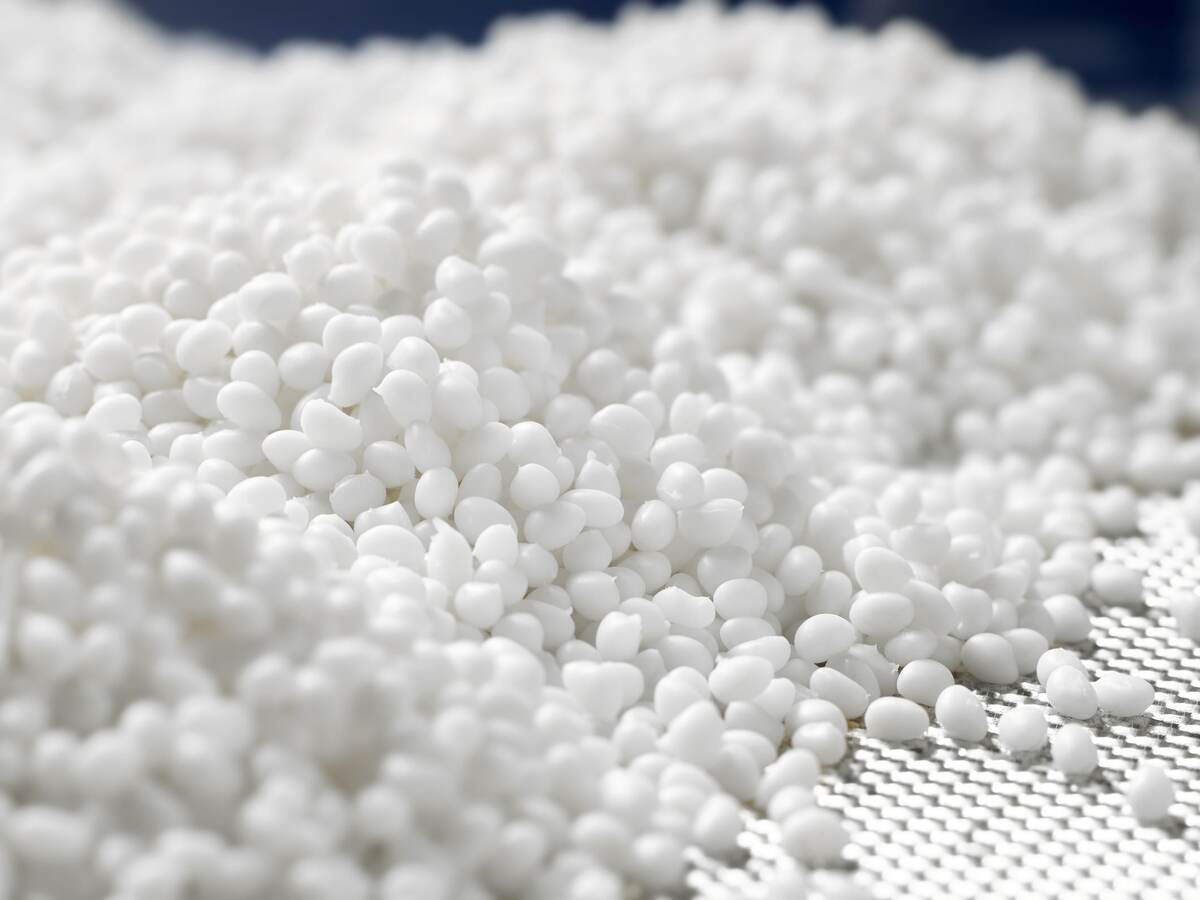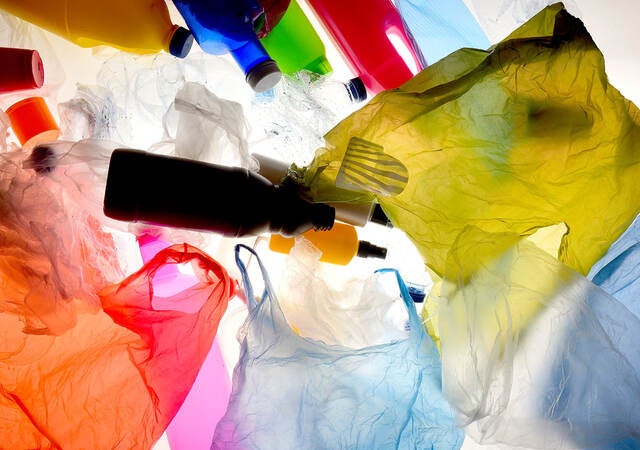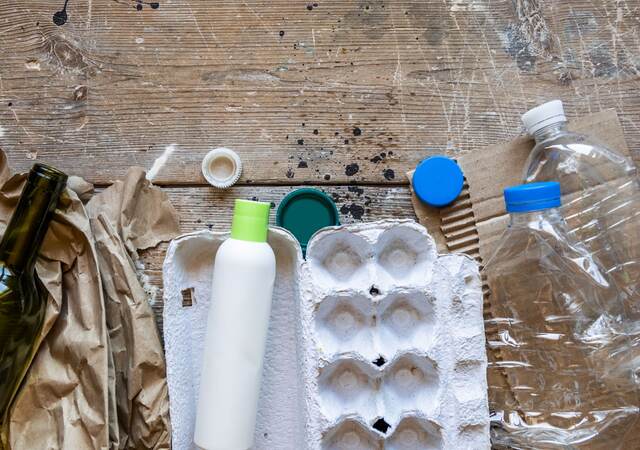Plastic pollution is in the news daily. Take, for example, the Great Pacific Garbage Patch — the largest accumulation of ocean plastic in the world, located between Hawaii and California. It is, reportedly, twice the size of the State of Texas. But it’s not the only such “patch.” The quantity of plastic particles floating off the coast of Japan reportedly increased 10 times between the 1970s and 1980s, and 10 times every 2-3 years over the 1990s1. In fact, the quantity of marine debris is increasing in oceans around the world, so much so that, if unabated, estimates are that there will be more plastic by weight in the ocean than fish by 20502.
Why is this such a problem?
Plastic materials — fishing lines, bottles, bags, and the microbeads found in certain household cleaning products — wind up in our waterways and injure or kill fish, seabirds, and other marine mammals. These plastic bits may also be imbued with other chemicals or pick up pollutants that in turn can find their way into the human food chain.
Several cities have banned single-use plastic bags, and state legislatures are taking action. For instance, California’s governor, Gavin Newsom, signed SB 54 on June 30, 2022, creating an extended producer responsibility (EPR) program and imposing some related prohibitions for certain single-use packaging and plastic single-use food service ware in California3.
Many of the biggest brands are responding
According to a recent Closed Loop Partners study, 37 of the world’s largest consumer brands and retailers, such as Walmart, Danone and Unilever, have made commitments to use recycled plastics in their packaging within the next 10 years, requiring an increase in supply of recycled content by about 200 – 300 percent4.
Mechanical recycling is available in many municipalities and works well for recycling clear Polyethylene Terephthalate (PET) often found in beverage containers, that can be chopped, washed, melted and resold. However, that process doesn’t work as well for mixed plastics. Mixing plastic types affects the quality of the output that sometimes doesn’t meet manufacturer performance requirements.
At the same time, the marketplace for recycled plastics is still trying to find footing after China — that once imported more than half the world’s used plastics — closed its doors to those materials starting in 2018 because of high contamination rates.
What does all of this mean?
Simply put, not enough recycled plastic is available in the marketplace today to meet all these new demands. We need new solutions, and we need them fast.
This is where chemical recycling comes in
Several different technologies fall under this umbrella, but basically, they either make materials like new or transform them into polymers, monomers and liquid crude. But how can you measure how much recycled content is in the output? Many of these materials will be added to existing chemical processes that mix new and reused plastics when scaled. The recycled material becomes just one component of a blend, indistinguishable from new resin. once that material gets into a broader mix, you can’t distinguish chemically recycled content from new plastic. So, you need to use what is called a mass balance accounting method to track volumes through a production system and be able to account for what winds up in a final product. That methodology has to be standardized and applicable across different business models.
UL Solutions has incorporated mass balance accounting methodology into our existing recycled content Standard, UL 2809, Environmental Claim Validation Procedure (ECVP) for Recycled Content, to enable companies to take credit for using recycled content resulting both from a mechanical recycling process and a chemical recycling process.
Why is that important?
Creating the measurement tools that enable these kind of technology innovations to be adopted at scale will enable the biggest brands on the planet — who are announcing these audacious goals — to be confident in reporting their performance against their own stated goals. What’s more, the insights that measurement provides will enable those brands to understand where to make additional improvements across their supply chains.
And that’s transformational.
References
- H. Ogi, Y. Fukimoto, "A Sorting Method for Small Plastic Debris Floating on the Sea Surface and Stranded on Sandy Beaches," Bulletin of the Faculty of Fisheries, Hokkaido University 5 (2), 2000, 71-93.
- World Economic Forum, Ellen MacArthur Foundation and McKinsey & Company, The New Plastics Economy — Rethinking the future of plastics (2016, http://www.ellenmacarthurfoundation.org/publications).
- https://www.bdlaw.com/publications/californias-transformational-single-use-packaging-epr-law-moves-toward-implementation/#:~:text=The%20law%20requires%20all%20plastic,and%20after%20January%201%2C%202032
- Closed Loop Partners, Accelerating Circular Supply Chains for Plastics: A Landscape of Transformational Technologies that Stop Plastic Waste, Keep Materials in Play and Grow Markets (2019, https://www.closedlooppartners.com/wp-content/uploads/2021/01/The-Circular-Shift_Closed-Loop-Partners-2020.pdf).
Get connected with our sales team
Thanks for your interest in UL's products and services. Let's collect some information so we can connect you with the right person.




